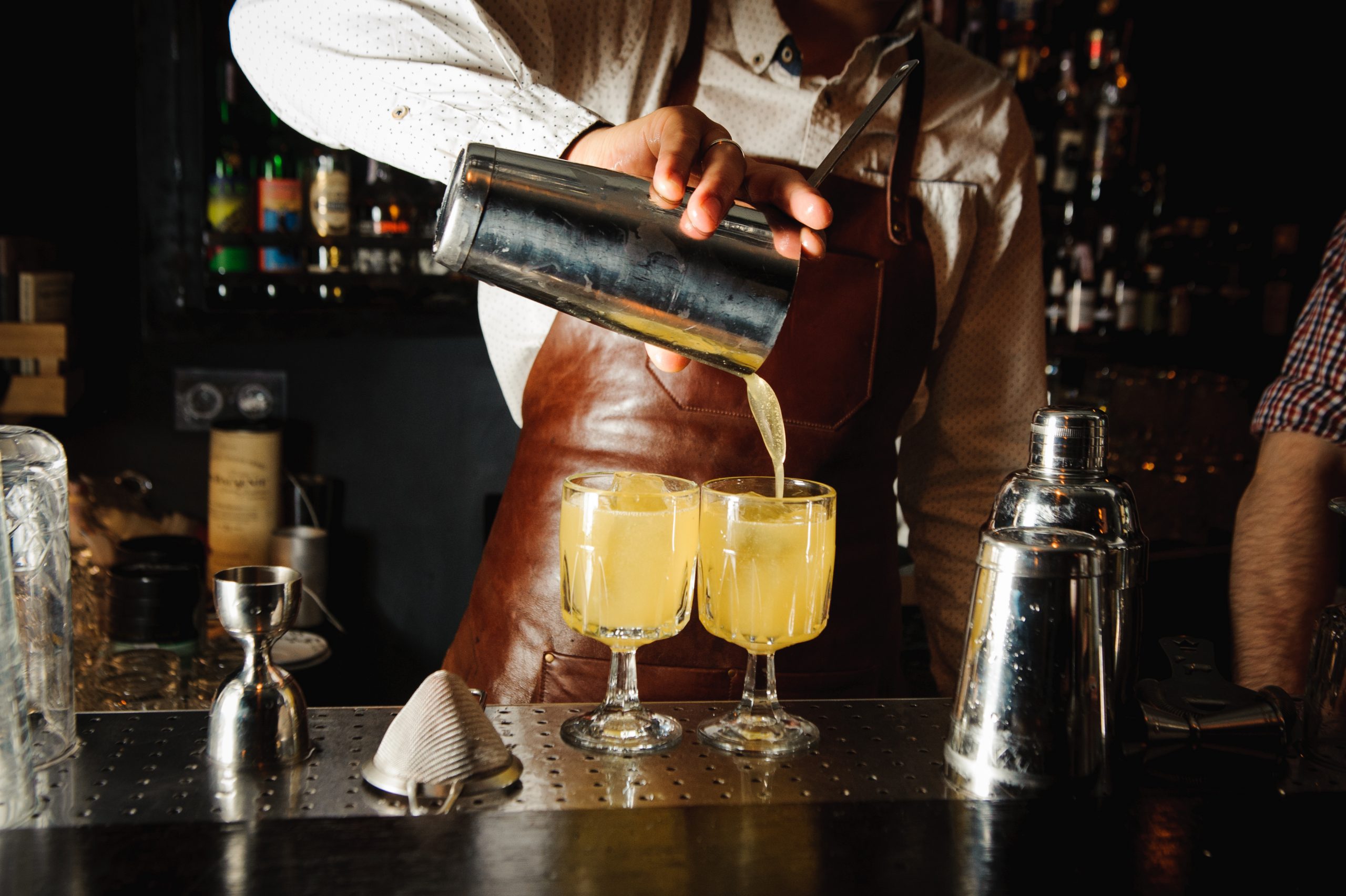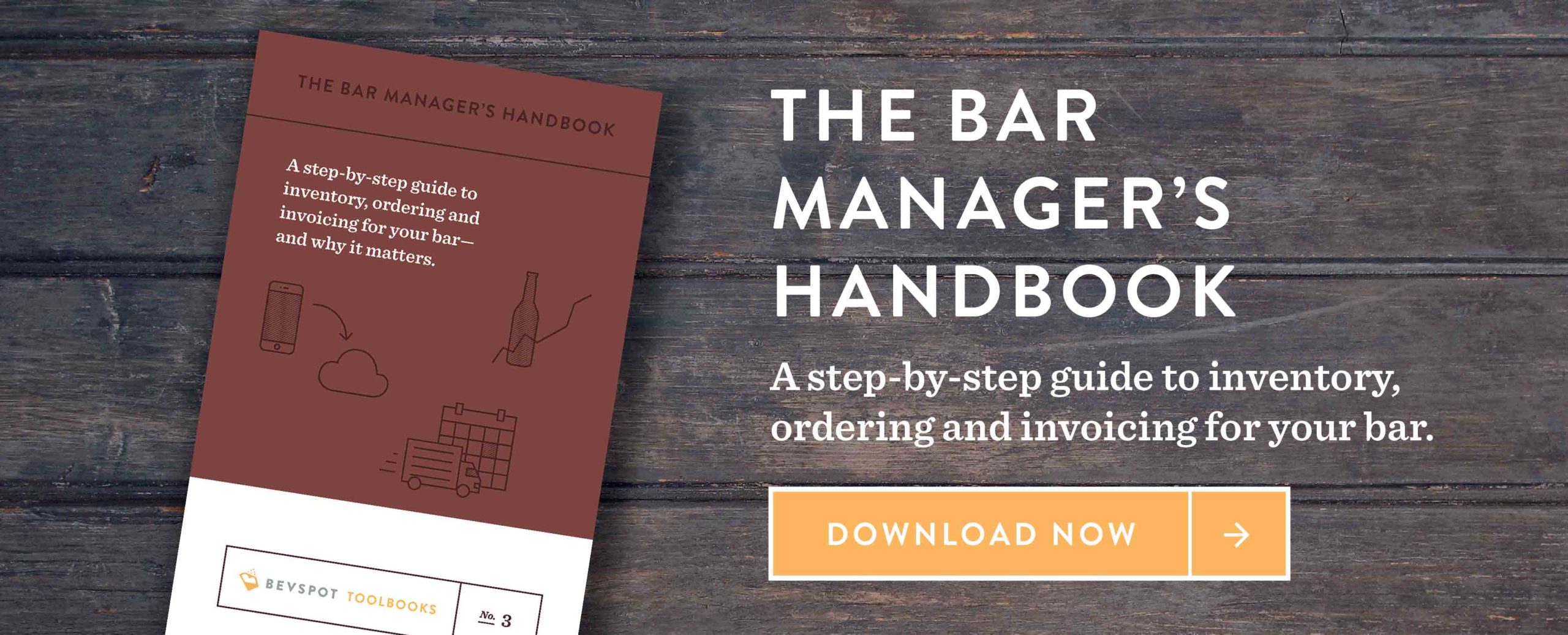


If you own a restaurant or bar, you probably have a website with your menu, contact information, directions, and maybe some features like these. You might also have social media profiles for your business, where you post 140 character updates and delectable photos of your offerings. However, there’s another element that can make your online marketing efforts more effective, compelling, trusted and searchable: a blog.
By choosing topics that resonate with your audience and composing well-written articles, you can build trust and show your audience you are well-versed in your field. For example, if you own a craft cocktail bar, you could post detailed articles about the many different ways to make an Old Fashioned or an infographic about essential bar tools. The next time a reader craves a quality cocktail, they might head to your bar because they’ve read your blog and consider your establishment an expert on craft cocktails.
Blogs can deepen the connection with your patrons and potential patrons—people like to be informed. With a blog, people can get to know your restaurant before they even walk in the door and stay up to date after they’ve visited. Use your blog to tell your story, show off your team, feature items on your menu, and respond to industry news and customer comments.
According to a Constant Contact survey, 92% of those surveyed search for restaurants online and 75% often choose a restaurant based on search results. Many bars and restaurants have a static website that’s rarely updated. However, blogging regularly and using industry-specific keywords in your articles can help you earn yourself a higher spot on Google’s search results. Every new blog post you publish is one more indexed page, which means it’s one more opportunity for your business to be found in search engine results.
80% of bars and restaurants in the U.S. report using social media. Most business owners today know social media is an important part of their content marketing strategy. However, with your time divided between other tasks, it might be difficult to constantly come up with new social posts. With an active blog, you have a gold mine of content that can be shared on social. Plus, when you post relevant links on your social channels, you can give your social followers a reason to click through to your website.
Now that you know the benefits of blogging, here are some simple steps to get you started:
One of the main benefits of blogging is increasing traffic to your site, thereby increasing your discoverability on search engines. You’ll want to set up your blog on your website using a subdirectory (yourwebsite.com/blog) or subdomain (blog.yourwebsite.com).
Talk to your webmaster or host—there’s often a blog component that you can easily add to your current content management system for free. If not, there are lots of great website-builder tools these days (see the inset), which you can set up to share a domain with your current website. SquareSpace, WordPress and Wix are some that we recommend, and they have themes specifically tailored to bars and restaurants.
For even more features—like online menus, ordering and reservations—there are some great new services made specifically with tools for restaurants and bars: Flavor Plate, Let’s Eat, and BentoBox. Check out the next chapter for more information on website features.
To ensure your blog posts are found, they should be SEO friendly. When you’re first starting out, it helps to create a list of terms that describes your restaurant. Think about what words people search for when they’re looking for a restaurant or bar like yours.
For example, some common SEO terms for restaurants and bars might be:
These potential searches are called long tail search terms, and if you create blog posts that are related to them, you have a good chance of showing up on a Google search. Keep in mind, these terms are usually three to four words and the more obscure they are, the easier they are to rank for. When choosing certain long tail keywords to target with your blog content, be sure to target keyword phrases that are specific to your business.
In addition to being SEO friendly, your blog posts should also be interesting and relevant to your audience. To stay on track and make sure you’re posting regularly, set up a content calendar with some bar and restaurant topics like these:
If you’ve recently added a new cocktail, a new food item, or you simply want to highlight a classic favorite, write a post about it! Explain who came up with it, where the inspiration came from, and the different aspects that go into it. By telling its story, you’ll get people excited to come in and try it.
Customers ask your staff questions every day. To write a high quality blog post, think of questions you hear often and write detailed answers. For example, you could write a post titled, “How to Properly Eat a Lobster” or “What Drinks Pair Best with Each of Our Menu Items?”
If your establishment’s planning on hosting an event, announce it on your blog. Tell your readers all the details they need to know and entice them to come in by telling them about the perks, such as live music, free food, or entertainment.
If you want to expand your audience, consider giving complementary businesses a shoutout. If you feature them in your blog post, “The Top 5 Places to Visit in Chicago,” they’ll want to share your post with their social media followers, which will send you traffic you wouldn’t have had otherwise.
Tons of your customers are on social media, and some of them might have a large following. To drive more traffic to your bar’s website and show your customers some love, write blog articles that feature some of your best customers. Not only will this make them happy, they’ll want to share the post with their friends, family and followers.
Customers like to get to know your business, including the people who work there. Write up bios about your chefs, do a Q&A with your bartenders, or have one of your waiters describe his favorite dish on your menu. This will give your employees a sense of pride in their work, and they’ll also feel inclined to share your bar’s article with their networks.
Running a bar or restaurant means being part of the community it’s in. Show you’re tuned into the local scene, and find your way to the front page of search engines by writing content that highlights local sports teams, the nearby college, or charity events in town. Highlighting local happenings can also help you build a local fan base, which can drive a ton of referral business.
As a bar or restaurant owner, you have an inside look into upcoming seasons and what they’re offering. Unlike your customers, you constantly talk to distributors and vendors and industry professionals, and you probably have a good idea of what the trends for the next few months will be. Share this knowledge to help your customers stay informed and position yourself as an industry leader.
Share some of your establishment’s recipes to capture your customers at their point of need and to brag about what you do best. Just think about all the thirsty and hungry people Googling recipes. If your recipe shows up in their results, you can get their mouth watering for a visit to your establishment.
You can choose to share the entire recipe or share the “poor man’s version” to entice people to visit your establishment for the real deal. Share these recipes in a traditional blog format, or create short videos to walk customers through each step.
Now that you’ve got your blog set up and your ideas brainstormed, it’s time to write your first blog post. Remember, your blog shouldn’t just be about self-promotion. Make sure your content is helpful, interesting, and optimized for SEO to drive traffic and provide the best value possible for your readers.
Now that you’re officially in action, it’s important to keep posting. If you regularly update your blog, you’ll be able to generate new traffic, improve your search engine ranking, demonstrate your expertise, and always have fresh content for your social media channels.
Now that you understand the benefits of blogging and have the steps to get started, don’t waste any time! Blogging might not be as popular as social media in the industry, but that just gives you an even better opportunity to beat out the competition.
Want to further increase the marketing efforts of your bar? Make sure you also have a strong social media presence, a solid email marketing program, and strategic online advertising.
For more tips on how to run a successful bar or restaurant, subscribe to the blog, below!

Schedule 15mins to chat with a product specialist
Start a FREE Trial Today! BevSpot offers full product education and account setup for all customers! No card Information needed!
